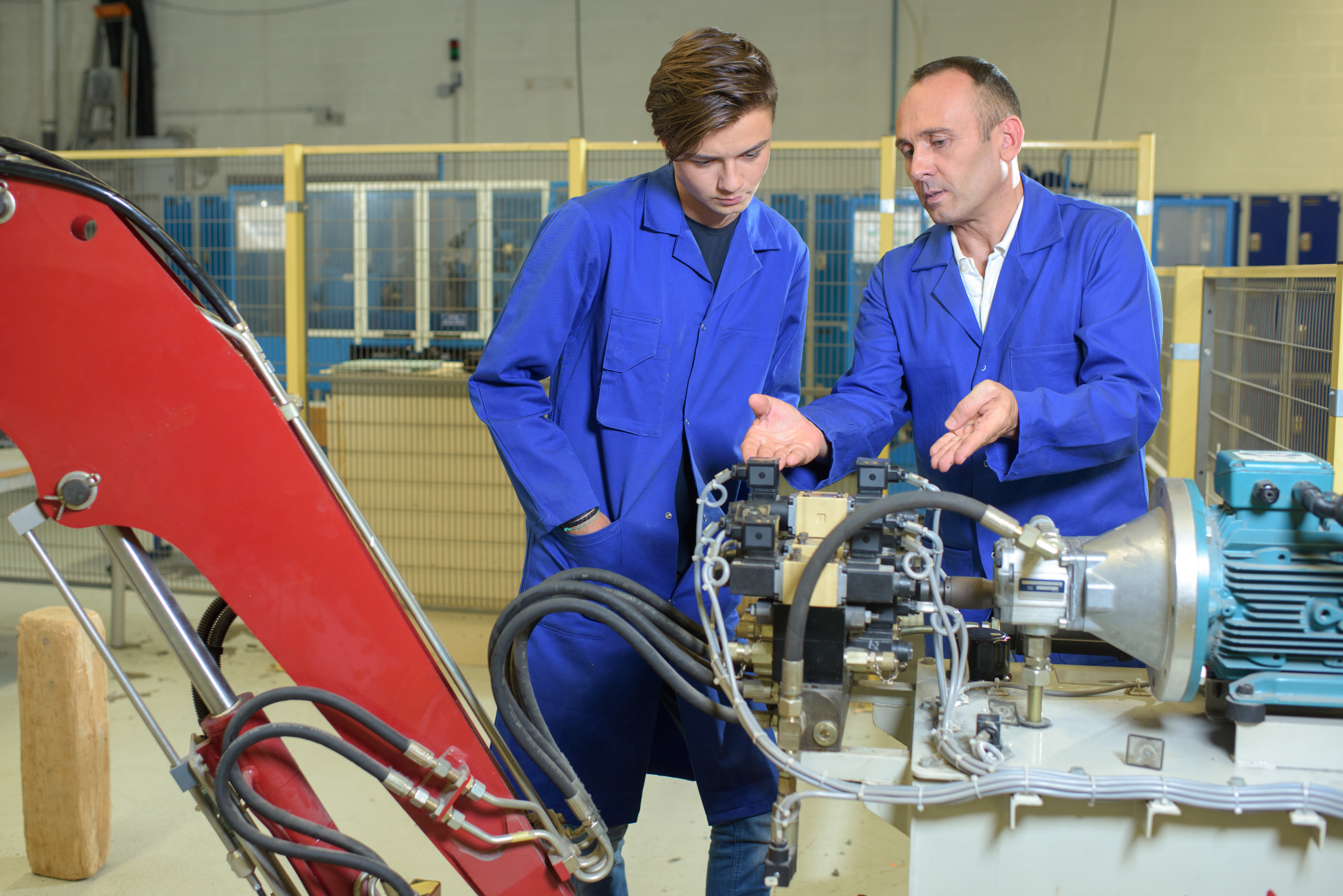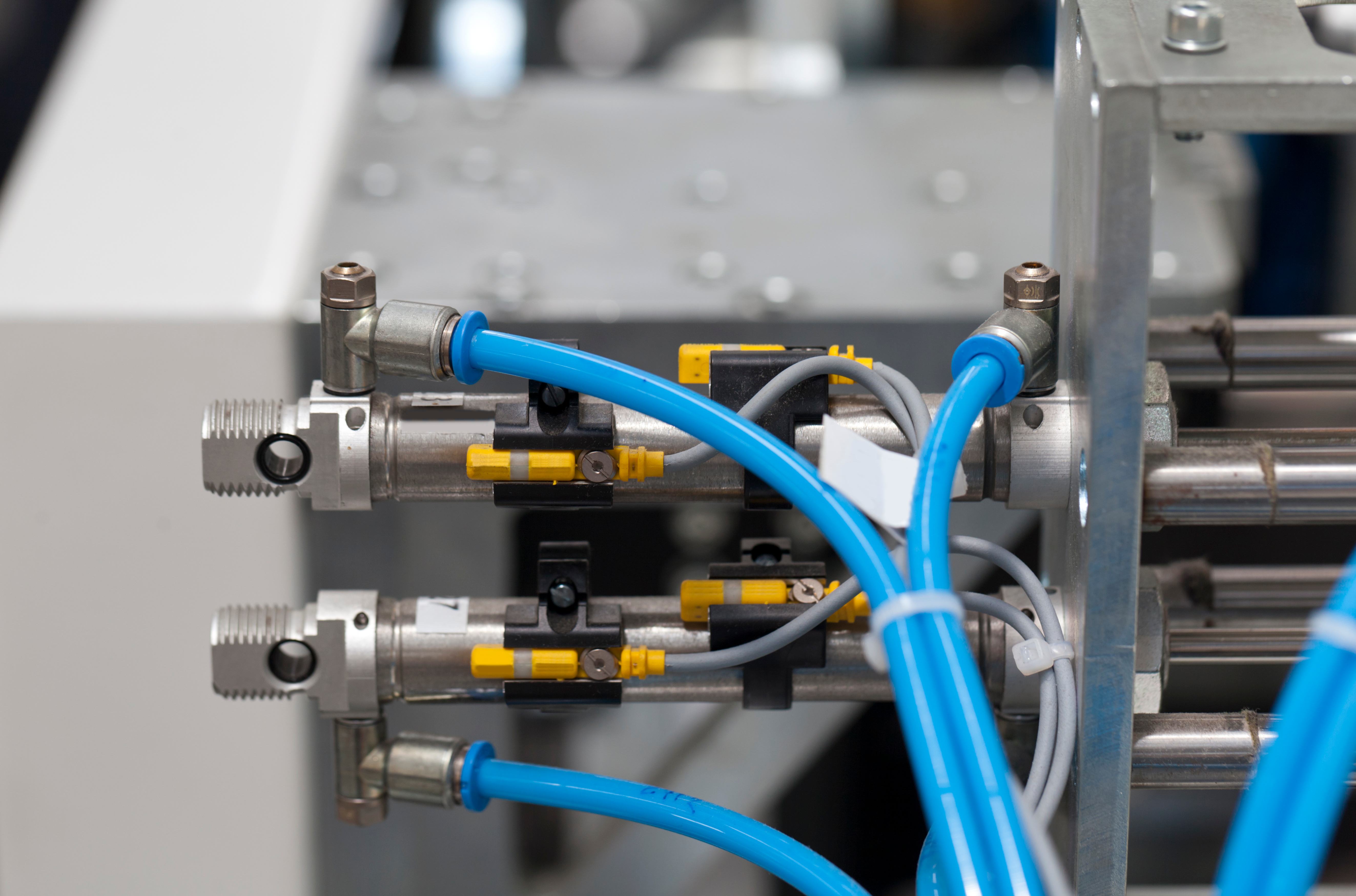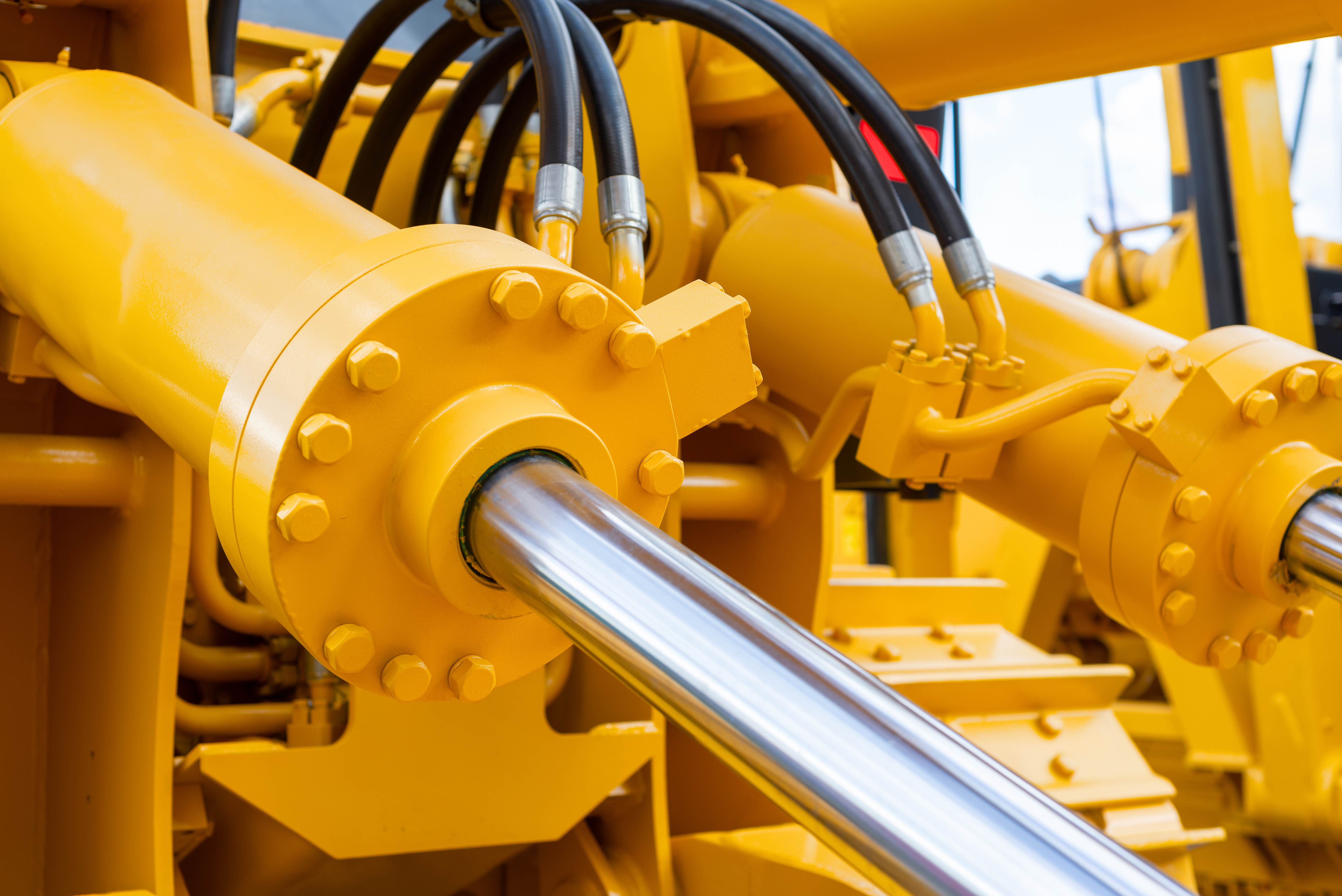Pneumatics vs. Hydraulics: What’s the Difference?

The difference between pneumatics and hydraulics is a hot topic in the world of machinery. Whether you’re a manufacturer, engineer, car mechanic, or farmer, understanding the differences between these two power transmission systems will benefit you. By learning about the key distinctions, benefits, and applications of pneumatics and hydraulics, you can make informed decisions about your projects with the help of Hyspeco.
Introduction to Pneumatics and Hydraulics
Pneumatics and hydraulics are two methods for transmitting power in machinery. Both of these systems serve similar purposes but function in different ways. Pneumatic systems use compressed air, while hydraulic systems rely on pressurized fluids. Each system has unique advantages and limitations, which we will explore in detail throughout this post.
How Pneumatic Systems Work

In pneumatic systems, compressed air generates mechanical motion. This air is typically stored in a tank and released through a series of valves and actuators. Pneumatic systems are common within various industries due to their speed and simplicity.
Components of a Pneumatic System
A pneumatic system consists of several components, including an air compressor, storage tank, control valves, and actuators. The air compressor generates the compressed air stored in the tank. Control valves regulate the flow and direction of the air, while the actuators convert the energy into mechanical motion to perform various tasks.
Advantages of Pneumatics
Pneumatic systems are popular for their simplicity and ease of use. They are typically less expensive to install and maintain compared to hydraulic systems, and they operate at high speeds, making them ideal for applications that require rapid movements.
Limitations of Pneumatics
Despite their benefits, pneumatic systems have some limitations. They typically cannot produce the same force output as hydraulic systems and are less energy-efficient due to the compressibility of air. Additionally, the need for continuous air compression can result in pneumatic systems having high operating costs over time.
How Hydraulic Systems Work

Hydraulic systems use pressurized liquids to generate mechanical motion for power and precision. These systems typically work best with heavy machinery and equipment that require high force.
Components of a Hydraulic System
A hydraulic system consists of a pump, reservoir, valves, and actuators. The pump generates flow by moving the hydraulic fluid from the reservoir through the system, while valves control the fluid’s direction and flow rate. Actuators, such as cylinders or motors, convert hydraulic energy into mechanical motion while enabling the performance of high-force tasks.
Advantages of Hydraulics
Hydraulic systems produce high power, making them ideal for applications requiring significant force. Their efficiency and reliability in transferring energy allow for smooth and controlled movements, which is essential when using heavy machinery and equipment.
Limitations of Hydraulics
Hydraulic systems, while powerful, may present drawbacks. They are generally more complex and expensive to maintain and install compared to pneumatic systems. Additionally, the use of pressurized fluids in hydraulic systems introduces potential risks for leaks and environmental contamination.
Comparing Applications
Understanding the different applications of pneumatics and hydraulics can help you choose the right system for your needs. Here’s how each system plays a role in various industries:
Industrial Automation
Due to their speed and simplicity pneumatic systems are common in industrial automation for tasks like assembly lines and packaging. Hydraulics, on the other hand, excel in operations requiring precise control and significant force, such as heavy lifting and forming processes.
Construction Equipment
Hydraulic systems are the “go-to” for construction equipment, like excavators and cranes, because of their precision and power. Pneumatics are less common in this industry due to their low force output and need for large amounts of compressed air.
Automotive Industry
Both systems find applications in the automotive industry. Pneumatic systems handle smaller tasks like tire inflation, while hydraulic systems handle more demanding jobs like braking systems.
Cost Considerations
Cost is a significant factor to consider when choosing between pneumatics and hydraulics. Pneumatic systems generally have a lower initial cost but can be more expensive to operate over time due to their energy inefficiency. Hydraulic systems, however, have a higher upfront cost but offer better long-term savings in energy efficiency.
Environmental Impact
Due to the rise of environmental concerns, consider the impact that each system has on the environment. Pneumatic systems are generally safer for the environment because they use air, which is abundant and non-toxic. Hydraulics, on the other hand, pose the risk of fluid leaks, which can be harmful to the environment. Additionally, the safe disposal of used fluids is an important factor to consider when choosing your system, as this can be quite expensive.
Maintenance Requirements
Maintenance is another critical factor to consider when choosing a system. Pneumatic systems are easier to maintain due to their simpler design. The complexity of hydraulic systems means that they require regular maintenance to ensure fluid levels and pressure remain stable, in addition to maintaining oil cleanliness.
Energy Efficiency
Energy efficiency is a crucial consideration for both cost and environmental reasons. Pneumatic systems are less energy-efficient, as they require a continuous supply of compressed air. Hydraulic systems, however, are more energy-efficient but require regular maintenance to maintain their efficiency.
Technological Advancements
Both pneumatics and hydraulics have seen technological advancements in recent years. The development of new materials and designs contributes to the efficiency of pneumatic systems. Hydraulic systems have also benefitted from advancements in fluid dynamics and control technologies.
Future Trends
The future of pneumatics and hydraulics is promising, with ongoing research and development aimed at improving efficiency, safety, and environmental impact. Innovations in materials, design, and control systems will likely continue to drive advancements in both fields.
Understanding the differences between pneumatics and hydraulics is crucial for anyone involved in manufacturing, engineering, automotive, or farming. Each system has unique advantages and limitations, so the best choice depends on your needs and applications.
If you need assistance in choosing the right system for your projects, consider reaching out to a pneumatic equipment supplier or a hydraulic system expert like Hyspeco. We can help you make an informed decision based on your project needs, ensuring you get the most out of your machinery!
Whether you’re looking to improve efficiency, reduce costs, or enhance safety, understanding the distinctions between pneumatics and hydraulics can help you make the best choice for your operations.

